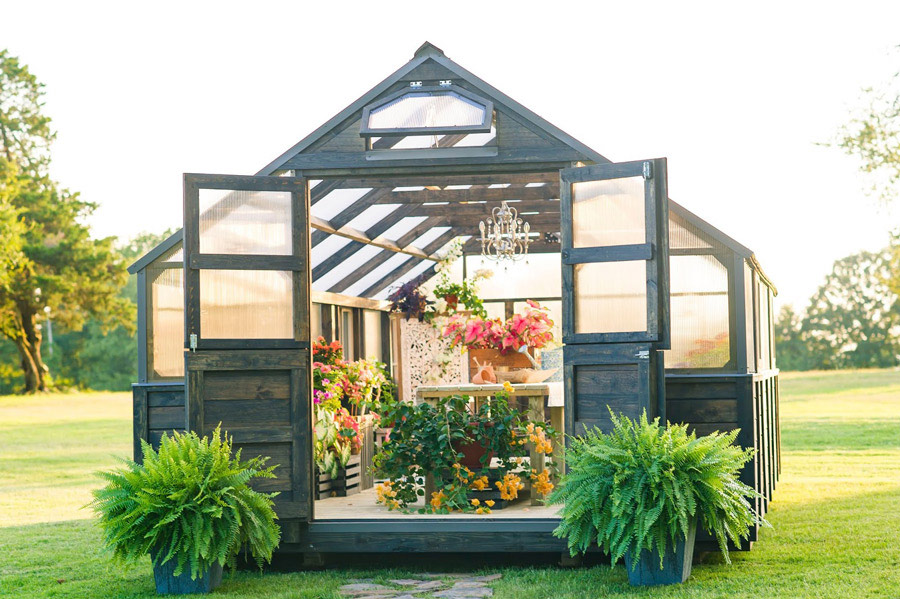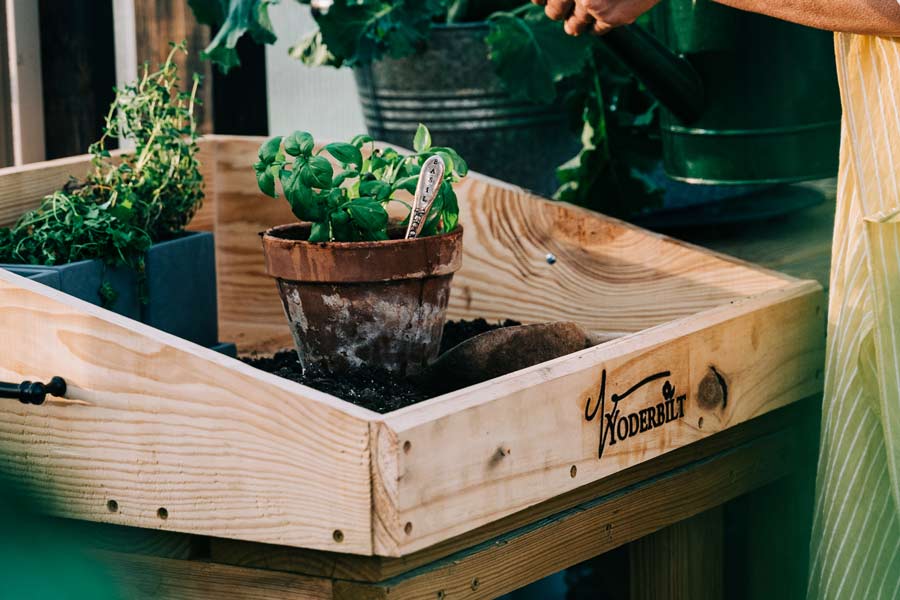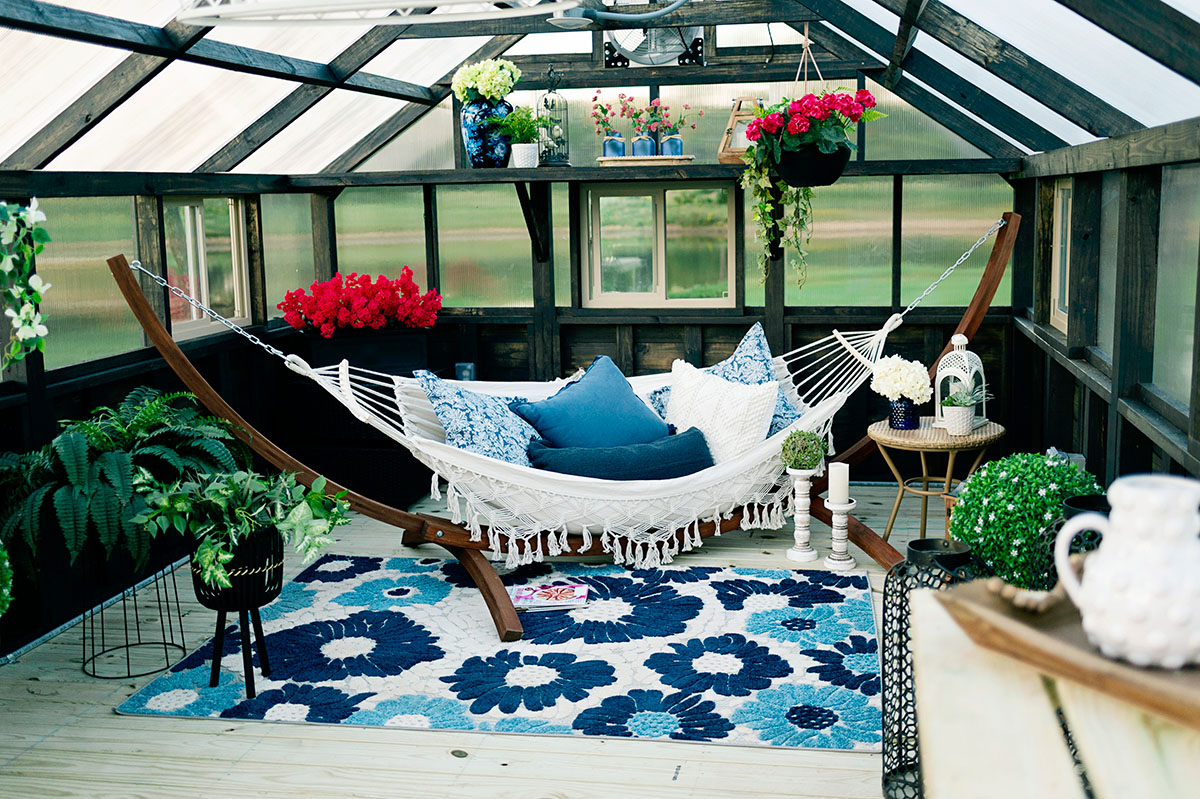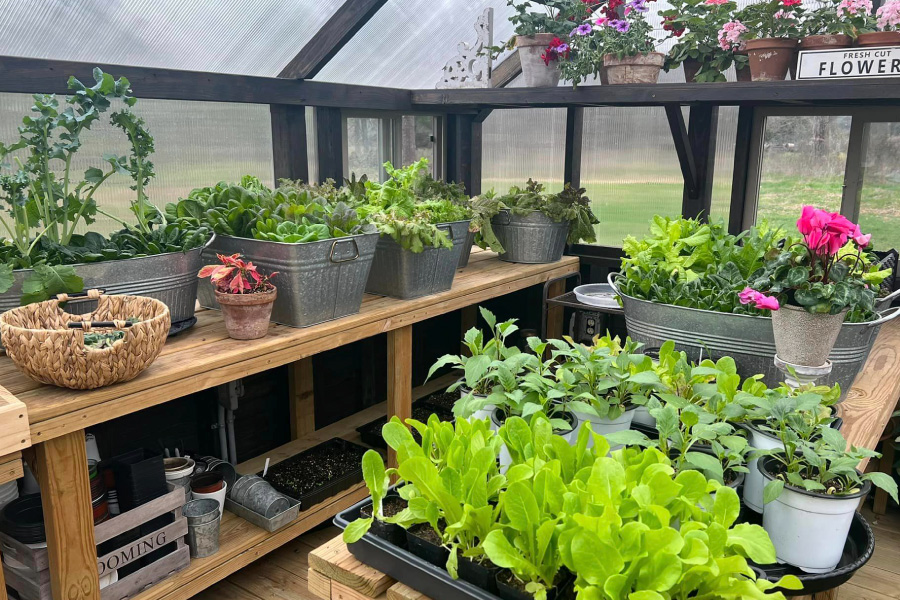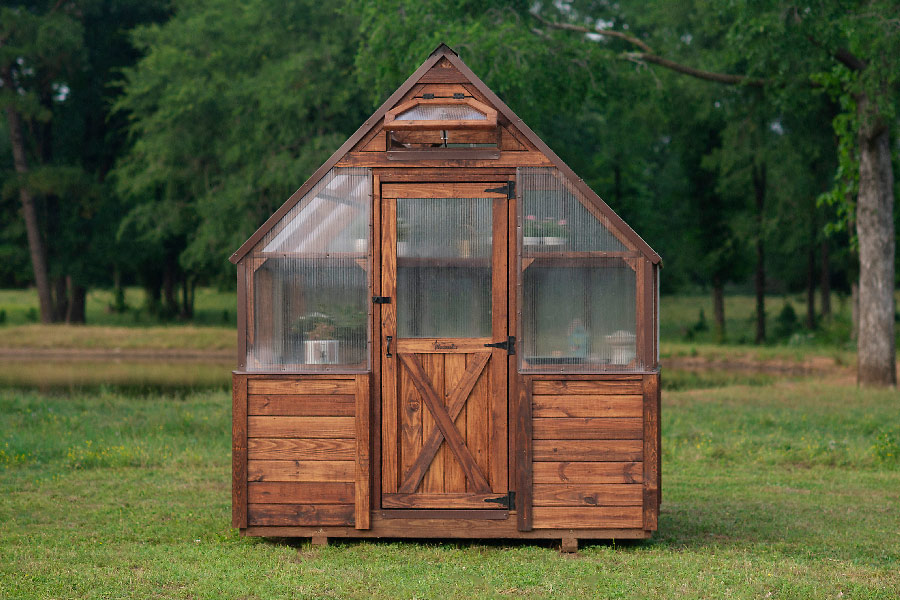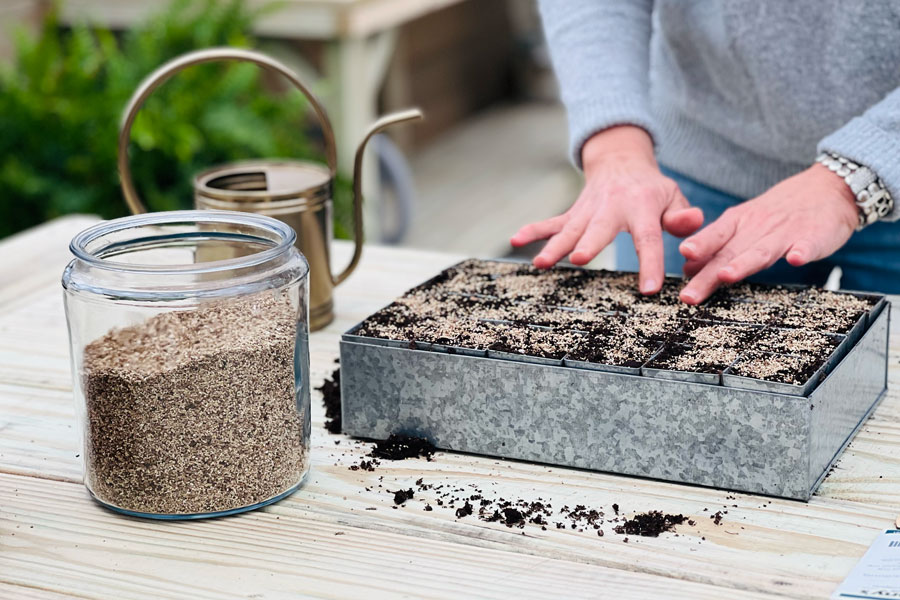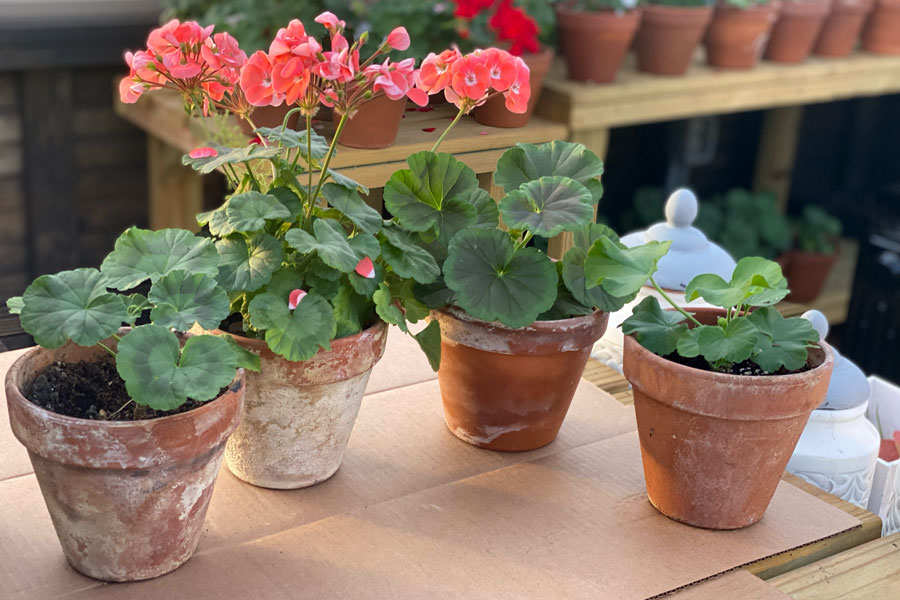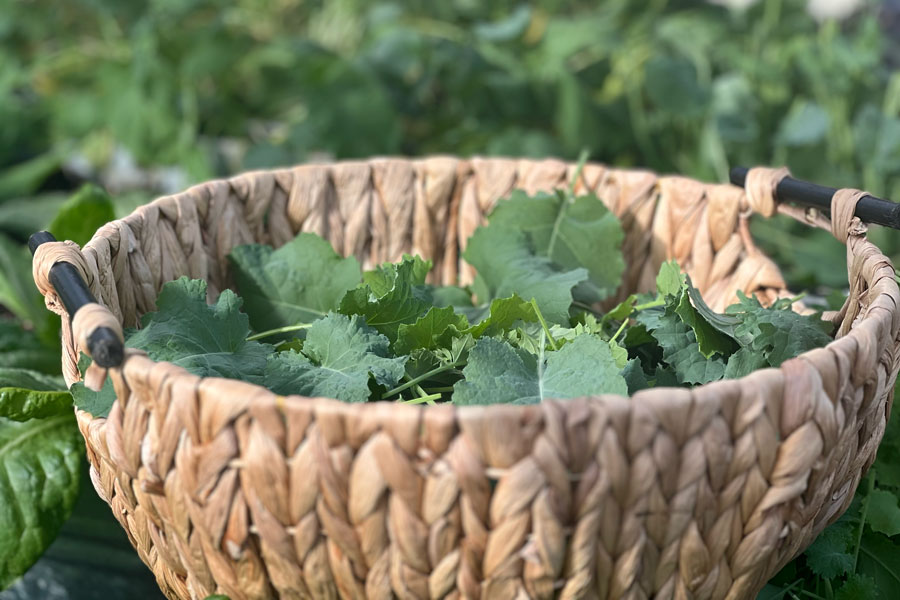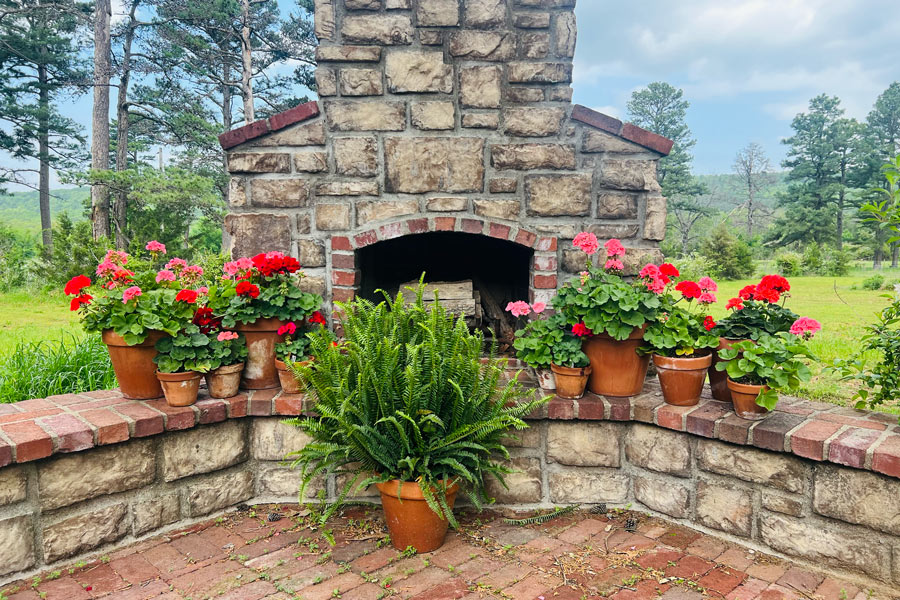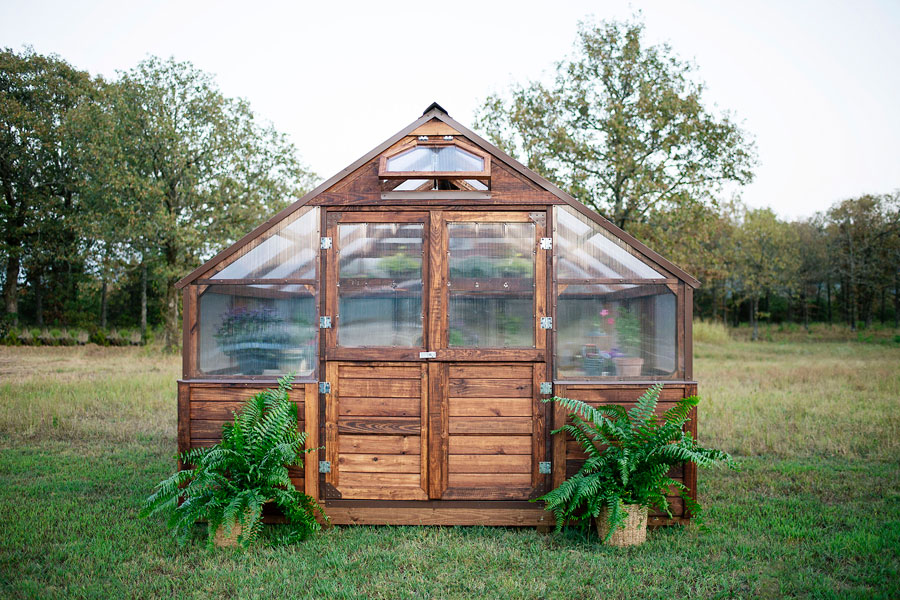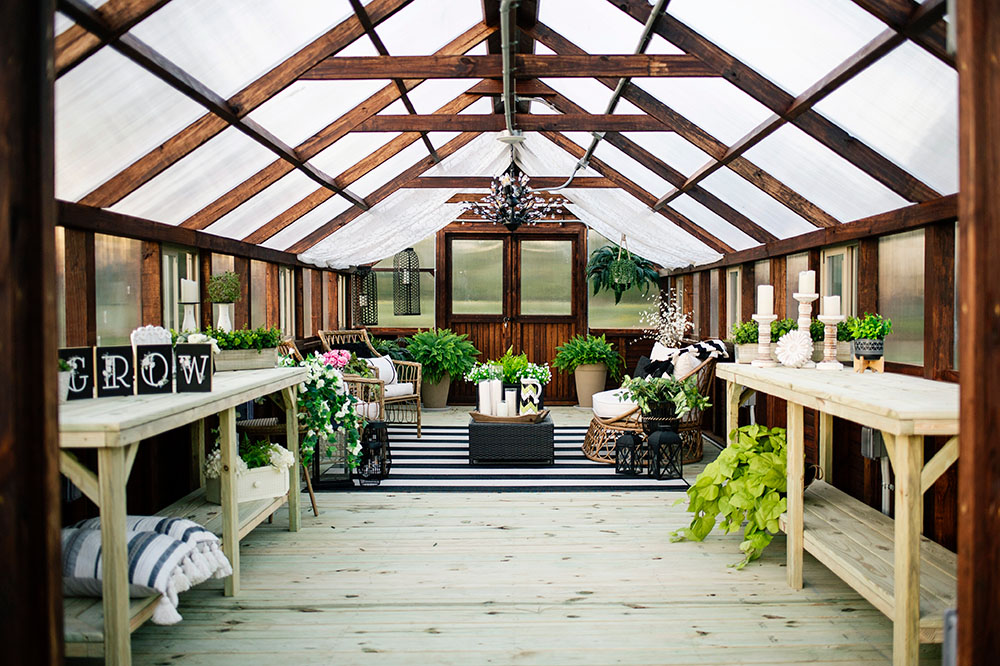How Do I Heat My Yoderbilt Greenhouse
One of our most frequently asked questions, "How do I heat my greenhouse?" With many years of experience, we've put together a step-by-step greenhouse guide on how to add heat to your greenhouse to protect your plants from winter temperatures.
Heat Sources
Yoderbilt greenhouses can be heated in several ways, depending on your specific needs and preferences. Here are a few options:
- Electric Heater - One option is to use an electric heater. This is a convenient option if you have access to electricity in your greenhouse. You can choose from a variety of electric heaters, such as fan-forced heaters, infrared heaters, or oil-filled radiators, depending on your heating requirements and the size of your greenhouse. When using electric heat, we also recommend a second source of heat, such as propane or natural gas, in case of a power outage during below-freezing temperatures.
- Propane/Natural Gas Heater - Another option is to use a propane heater. They are efficient at heating large areas and can be used to maintain a constant temperature in the greenhouse. When using propane or natural gas heat, it is essential to provide good ventilation for the health of your plants.
- Solar Heating - You can also use solar heating to keep your Yoderbilt greenhouse warm. This involves installing solar panels to generate electricity, which can power a heating system in the greenhouse. Solar heating is a sustainable option, but it requires a significant investment upfront.
Ultimately, the best heating option for your Yoderbilt greenhouse will depend on your specific needs and preferences. Remember, regardless of your heating choice, your plants need fresh air and circulating air.
Insulation
Insulating the sidewalls of your greenhouse can be a great way to improve its energy efficiency and maintain a more stable growing environment. Here are a few options for insulating the sidewalls:
- Underpin Your Greenhouse - Once the greenhouse is set in place, underpin the space between the ground and the base. You will lose a lot of heat through your floor if you do not do this.
- Bubble Wrap - Another affordable and effective option is to use bubble wrap. Cut the bubble wrap to the size of your sidewalls and attach it to the inside using adhesive tape or clips. The air-filled bubbles create an insulating layer that helps retain heat and prevent drafts.
- Foam Board - Another option could be adding a 2” foam board to the lower panels inside the greenhouse. They provide excellent insulation and can be customized to fit the dimensions of your greenhouse. You can purchase these at a local home improvement store.
- Ventilation - Remember to consider ventilation needs when insulating your greenhouse. Ventilation and airflow are key to the health of your plants when heating your greenhouse. We typically use a fan or fans to keep the air circulating. This also prevents cold pockets of air from forming. When the temperature allows be sure to open any doors or windows to pull in fresh air to help promote an optimal growing environment.
Before making any modifications, assess your specific greenhouse setup and climate conditions to determine the most suitable insulation method.

